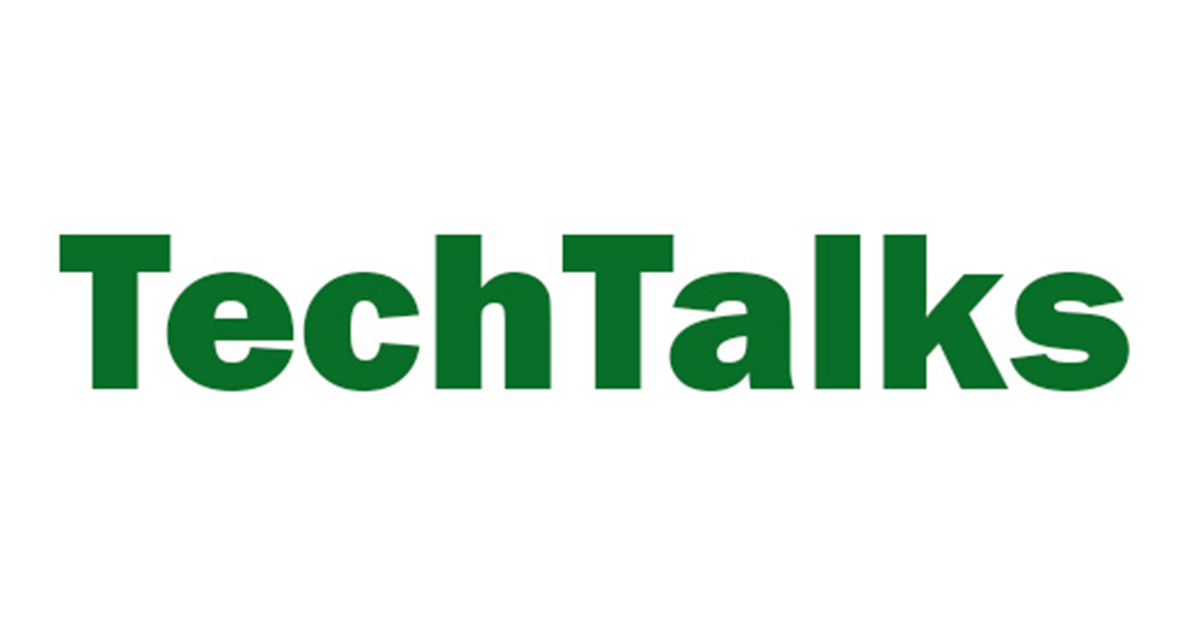Famous statistician and information designer Edward Tufte once said, “If the statistics are boring, you’ve got the wrong numbers.” In today’s constantly changing world of work, we’re all looking for the right statistics and data — and they are far from boring. The challenge is finding and using the appropriate pieces of insight to paint the right pictures — those that drive meaningful insights across employee relations and HR.
The good news is that HR and ER teams have come a long way. For the past four years, we’ve been studying how organizations capture and leverage employee relations data to achieve corporate goals, manage risk and improve workplace culture — and it’s clearly getting more strategic. Since last year, the number of organizations integrating ER data with business performance data for further analysis rose by 31% — suggesting a heightened focus on strategic business outcomes in HR. Overall, 61% of organizations are using ER metrics to provide insights into employee behavior, engagement, and performance.
With data collection clearly on the rise, how are organizations using employee relations analytics to create better employee experiences and drive business growth?
To find out, we spoke to ER professionals at 158 enterprise organizations representing approximately 4.4 million employees about their use of tech and metrics. Here are the top five ways organizations are capitalizing on ER analytics.
1. Understand employee performance
Workload, stressors outside of the office, new management, training opportunities and countless other factors all contribute to an employee’s success. Each factor is a data point that helps to identify stand-out performers and departments as well as those that may be struggling.
ER professionals are using analytics to understand performance trends and apply them organization-wide.
Does one team have very low first-year turnover rates? It may be that they are highly-effective at training and on-boarding new employees, and their processes should be applied to other departments.
Does the marketing and sales team experience more workplace tension during the fall months? A busy conference season could be the cause, and preparing ahead to bring on more resources during hectic months could result in a more productive team.
With data analytics, ER teams are empowered to make key decisions about their people and their business based on evidence, not instinct.
2. Track employee engagement
By analyzing a variety of data — employee surveys, absence rates, reported employee issues — organizations can get a deeper understanding of how their people really feel. The insights can indicate what policies and processes are having the most positive influence on staff performance and morale — whether it’s an investment in training, support for flexible working or something completely unexpected.
On the flip side, understanding what’s not working is just as important. Are there policies that continue to be violated? Analytics can identify where a company’s own practices aren’t working and when guidelines and trading programs need redrafting.
3. Optimize ER case management
On a micro level, data analysis gives ER professionals a clear view of their own performance and resources. Teams are using analytics to understand data like case count and closure rate to monitor productivity and identify when a team member needs help.
Analytics are also driving more consistency and helping ER teams identify when to be more aggressive in how they approach a particular type of case based on historical data. Teams can also analyze the data from other similar cases to see the actions taken and apply any learnings to their current case. When processes are based on data-driven insights, it sets the expectation that investigators must document all cases using a case management tool so data can be tracked and used effectively.
4. Improve staff retention
Why are key people leaving the business for another role? Proactive organizations are using analytics to dig deeper into exit interviews and understand what’s impacting retention. Does length of service have an impact or are external factors at play? Perhaps the compensation package is no longer competitive.
Companies are using insights to build strategies for reducing turnover in that critical first year of employment. Training and onboarding programs shouldn’t be approached with a “set it and forget it” mentality. Tracking and analyzing data from happy employees and those on their way out the door is driving continuous improvement of the first-year employee experience.
5. Support business strategy
People are an organization’s most expensive and most important asset. Fifty percent of the ER professionals we spoke to are combining ER data with business performance data to make the connection between people analytics and corporate growth. Forward-looking teams are using ER analytics in quarterly reporting to senior leadership to drive training initiatives and support organizational decisions.
We are also seeing a growing focus on transparency, with Microsoft recently announcing an overhaul of its HR processes amid allegations of sexual harassment and discrimination. Data can help organizations like Microsoft achieve much-needed transparency, enabling them to track, analyze and document the issues that matter most to them and their employees. This not only extends to workplace investigations but can also help demonstrate a commitment to, for example, providing equal pay or employing a diverse workforce.
Long-term business success means keeping one eye on the future. However, only about a third of ER professionals are using predictive analytics to proactively track and respond to workplace trends. In the post-#MeToo environment, organizations are being called on to create positive, safe and transparent workplaces. Adopting predictive analytics as a tool is a critical way to get ahead of risk, protect employees and ensure overall business health.
As the workplace changes, employee relations data is an invaluable resource, especially when shared across an organization, whether with fellow HR colleagues, the legal team or the C-suite. Data has power — and you have the resources to unleash it, with analytics.
Ready to start tracking and taking advantage of your employee relations data? Schedule a demo to see how HR Acuity can help!




